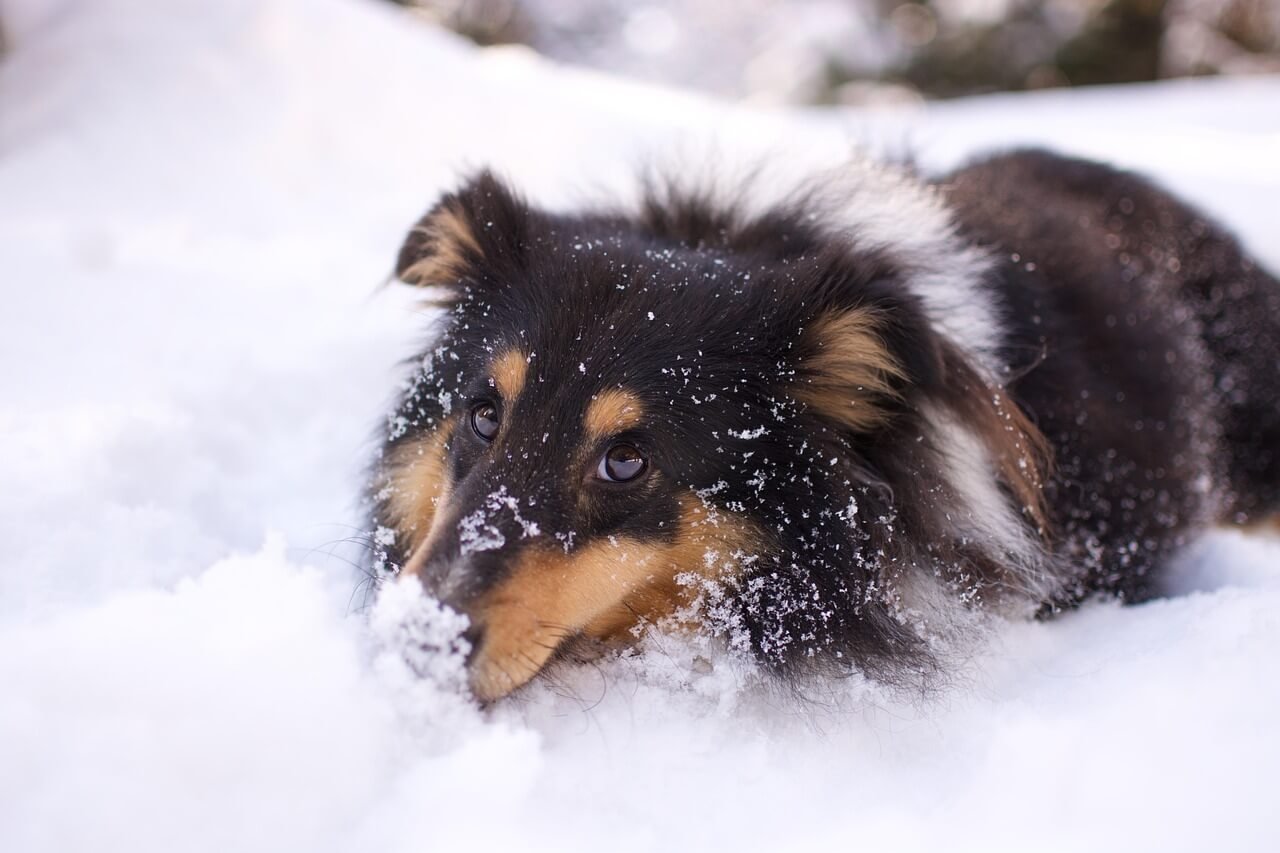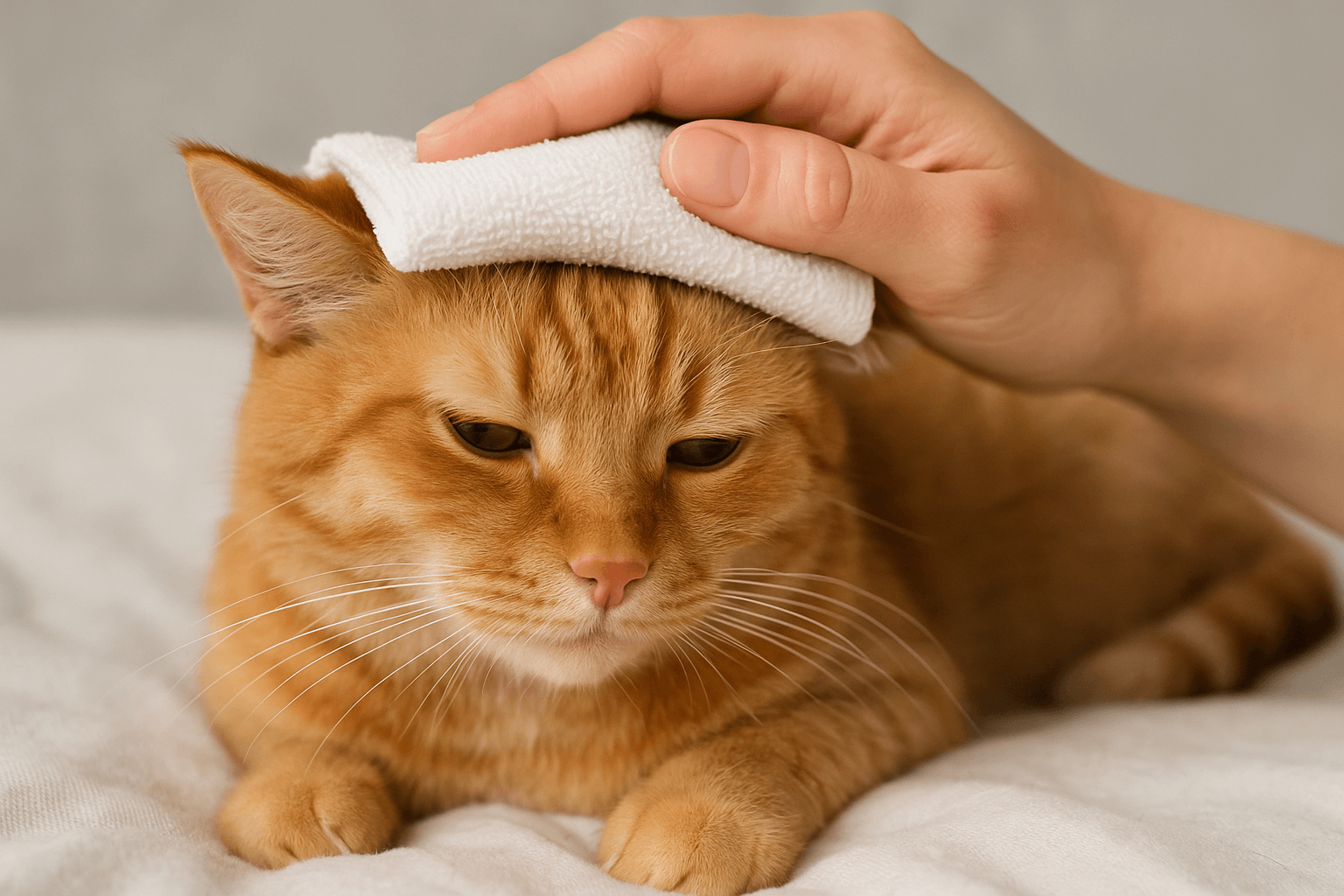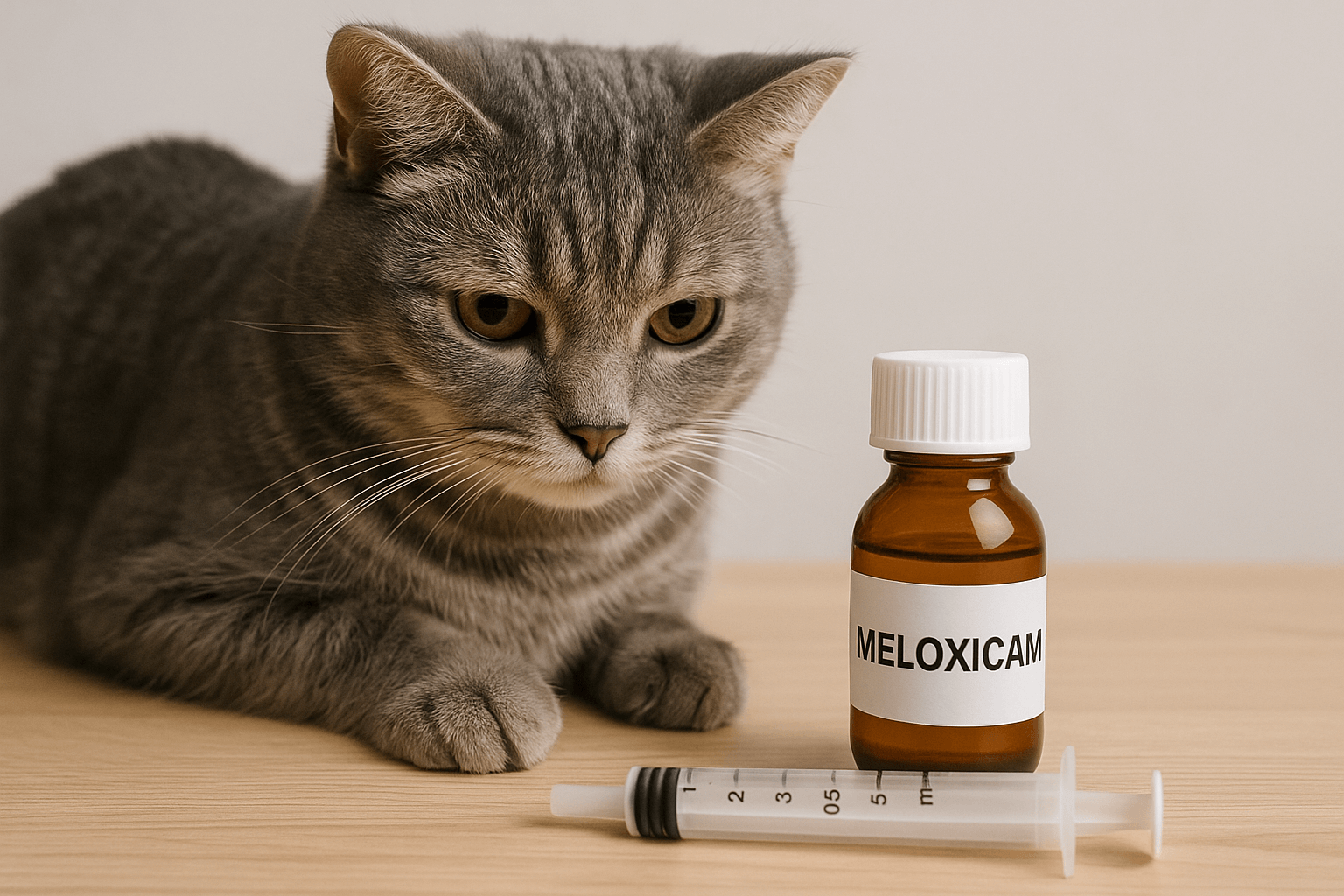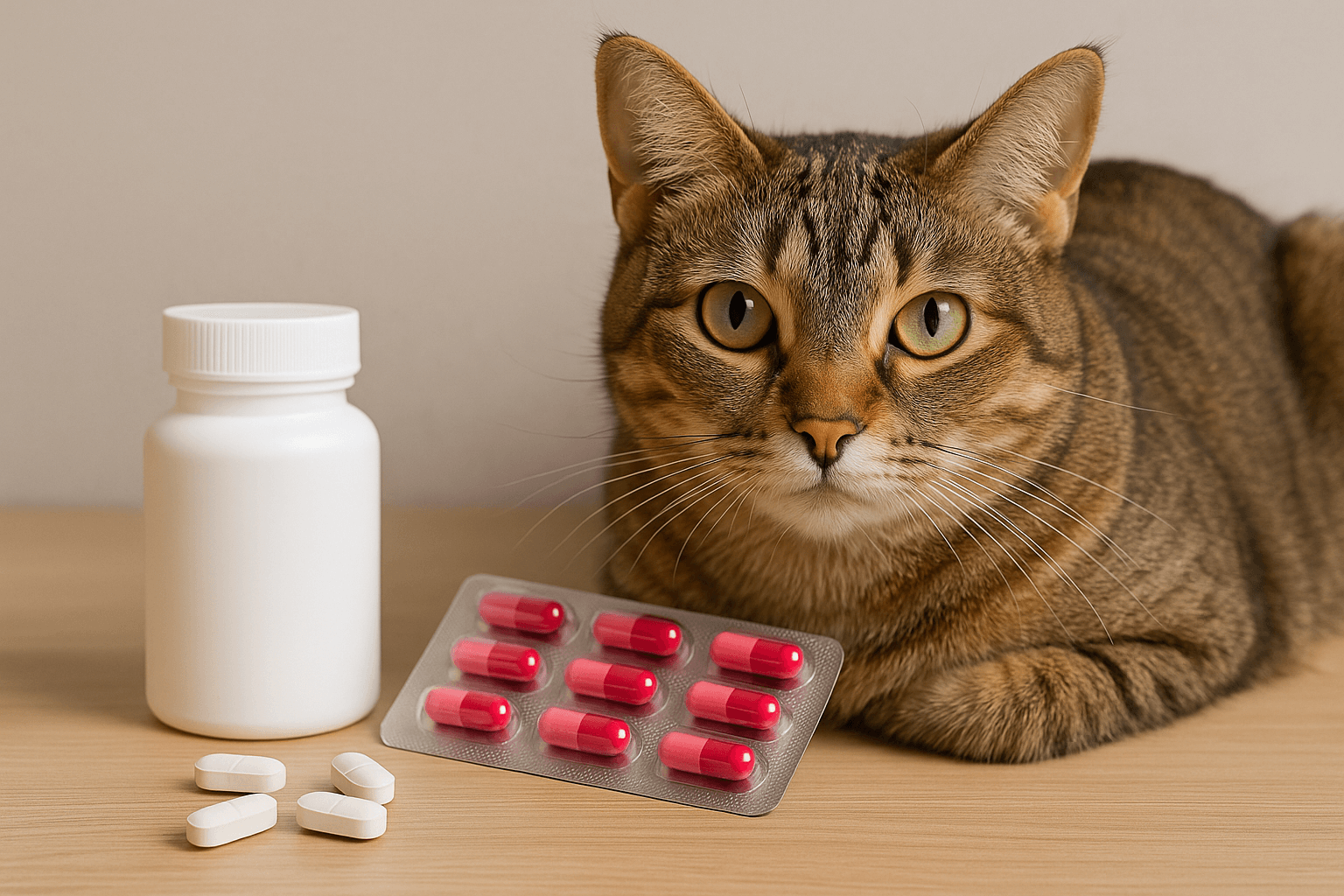Understanding the Botfly Hole in Dogs: A Concern Every Pet Owner Should Know About
As a pet owner, few things are as unsettling as discovering an unusual lump or hole on your dog’s skin. One of the more alarming possibilities is the presence of a botfly hole, a condition caused by the parasitic botfly larvae. While it may sound like something out of a horror movie, understanding this issue can help you act swiftly and ensure your furry friend gets the care they need. In this blog post, we’ll explore what a botfly hole is, how to identify it, and the steps you can take to protect your dog from this creepy crawly threat.
What Is a Botfly and How Does It Affect Dogs?
Before diving into the details of treatment and prevention, it’s important to understand what a botfly is and how it interacts with dogs. Below are some key points to help clarify this unique but concerning parasite:
Botflies are large, hairy flies that lay their eggs on hosts like rodents, rabbits, or even dogs.
The eggs hatch into larvae, which burrow into the host’s skin to develop further.
These larvae create small breathing holes, commonly referred to as “botfly holes,” which allow them to survive while embedded in the skin.
Once inside, the larvae feed on tissue and grow over several weeks before emerging to complete their life cycle.
Dogs are typically accidental hosts, meaning the botfly doesn’t target them specifically but can still cause harm.
Understanding the lifecycle and behavior of botflies is crucial for recognizing early signs of infestation and taking appropriate action.
Signs Your Dog May Have a Botfly Infestation
Identifying a botfly hole in your dog early can make all the difference in ensuring their comfort and health. Here are some common symptoms and signs to look out for:
A small, raised bump on your dog’s skin that resembles a pimple or cyst.
A visible hole in the center of the bump, often accompanied by slight swelling.
Your dog excessively licking, biting, or scratching at a specific area.
Discharge or pus coming from the hole, sometimes with a foul odor.
Behavioral changes such as irritability or restlessness, indicating discomfort.
Loss of appetite or lethargy if the infestation becomes severe.
If you notice any of these signs, it’s essential to consult a veterinarian promptly. Early detection can prevent complications and ensure your dog receives proper treatment.
Check this guide 👉The Risks of a Black Widow Bite on Dogs: Best 7 Expert Tips!
Check this guide 👉Understanding Black Fly Bites on Dogs: Best 7 Behavior Tips!
Check this guide 👉Understanding the Bullseye Spider Bite in Dogs: Best 7 Tips!

Symptoms of Botfly Infestation | Steps to Take |
|---|---|
Small, raised bump with a hole | Inspect the area closely |
Excessive licking or scratching | Prevent your dog from irritating it |
Swelling or redness around the site | Apply a warm compress (if advised) |
Foul-smelling discharge | Contact your veterinarian |
Behavioral changes | Monitor for worsening symptoms |
Treatment Options for Botfly Holes in Dogs
Once a botfly hole has been identified, prompt treatment is necessary to remove the larvae safely and prevent infection. Below are some common treatment options recommended by veterinarians:
Manual removal of the larvae using sterile tools under professional supervision.
Administering antibiotics to prevent secondary infections from developing.
Applying topical medications to reduce inflammation and promote healing.
Ensuring the wound is cleaned regularly to avoid complications.
Monitoring the site for signs of recurring issues or incomplete removal.
Following up with your vet to ensure full recovery and address any concerns.
While some pet owners may attempt home remedies, professional veterinary care is always the safest route.
Preventing Botfly Infestations in Dogs
Prevention is always better than cure when it comes to protecting your dog from botflies. Here are some practical steps you can take to minimize the risk:
Keep your dog away from areas where botflies are commonly found, such as wooded or rural regions.
Regularly inspect your dog’s skin during grooming sessions for unusual bumps or holes.
Use preventive flea and tick treatments, as they can also deter botflies.
Maintain a clean environment by removing animal carcasses or debris from your yard.
Consult your vet about additional preventive measures tailored to your dog’s lifestyle.
Stay informed about local wildlife activity, as botflies often rely on other animals to complete their lifecycle.
By taking these precautions, you can significantly reduce the chances of your dog encountering a botfly.
Understanding the Importance of Early Socialization
Socializing your dog from an early age is crucial for their development and overall well-being. A lack of proper socialization can lead to behavioral issues that may affect both the dog and its owner. Below are some key reasons why early socialization matters:
Puppies learn to adapt to new environments, reducing fear and anxiety in unfamiliar situations.
Early interactions help build confidence, making dogs more comfortable around people and other animals.
Proper socialization minimizes aggression and reactivity in adult dogs.
It strengthens the bond between the dog and its owner through positive experiences.
Dogs that are well-socialized tend to be more adaptable to changes in their routine or environment.
Early exposure to different stimuli prevents phobias and stress-related behaviors later in life.
By prioritizing socialization during a dog’s formative months, you set the foundation for a balanced and happy companion.
Identifying Common Triggers for Anxiety in Dogs
Anxiety in poorly socialized dogs often stems from specific triggers that can be identified and managed with patience and care. Here are some common triggers and how they manifest:
Loud noises such as fireworks, thunderstorms, or vacuum cleaners can cause panic and restlessness.
Sudden movements or unfamiliar gestures may lead to fear-based reactions like barking or hiding.
Being left alone for extended periods can result in separation anxiety and destructive behavior.
Encounters with unfamiliar people or animals may trigger defensive or aggressive responses.
Changes in routine or environment can overwhelm dogs unaccustomed to variety.
Lack of mental stimulation can exacerbate stress and boredom-related behaviors.
Recognizing these triggers is the first step toward helping your dog overcome anxiety and feel more secure.
Tips for Improving Your Dog’s Socialization Skills
Even if your dog missed out on early socialization, it’s never too late to help them develop better social skills. Here are some practical tips to guide you:
Start with short, controlled interactions in low-stress environments like quiet parks or friend’s homes.
Gradually introduce your dog to new people, animals, and objects at a pace they’re comfortable with.
Use positive reinforcement, such as treats or praise, to reward calm and confident behavior.
Enroll your dog in obedience classes to build their confidence and improve communication.
Avoid forcing interactions; let your dog approach new experiences on their own terms.
Be consistent and patient, as progress may take time depending on your dog’s personality.
With dedication and understanding, you can help your dog become more sociable and enjoy a richer, happier life.
Frequently Asked Questions About Botfly Holes in Dogs
What does a botfly hole look like on a dog?
A botfly hole typically appears as a small bump with a tiny hole in the center, often accompanied by swelling or discharge.
Can I remove the botfly larvae myself?
It’s not recommended to attempt removal yourself, as improper handling can lead to infection or incomplete extraction.
How do dogs get botflies?
Dogs can pick up botfly eggs or larvae through contact with contaminated environments, such as grass or soil.
Are botflies dangerous for dogs?
While not usually life-threatening, botflies can cause discomfort, infection, and stress if left untreated.
How can I prevent botflies in my dog?
Regular grooming, preventive treatments, and avoiding high-risk areas can help reduce the likelihood of infestation.
Conclusion: Staying Vigilant for Your Dog’s Health
Dealing with a botfly hole in your dog can be a stressful experience, but knowledge and proactive care can make all the difference. By staying vigilant and recognizing the signs early, you can ensure your dog receives timely treatment and avoids unnecessary suffering. Remember, prevention is key—regular check-ups, grooming, and environmental management go a long way in keeping your furry companion safe. With the right approach, you can protect your dog from the discomfort of botfly infestations and enjoy many happy, healthy years together.
Cat Fever Treatment: Best 7 Expert Tips! Discover expert advice on identifying, managing, and treating fever in cats to ensure their quick recovery and well-being.
Understanding Meloxicam for Cats: Best 7 Expert Tips! Learn how to safely administer meloxicam, manage side effects, and ensure your cat's comfort with expert advice on feline pain relief.
Amoxicillin for Cat UTI: Best 7 Expert Tips! Discover safe usage, dosage guidelines, and expert advice on treating feline urinary tract infections effectively with amoxicillin.
Understanding Cat Cancer Treatment: Best 7 Expert Tips! Discover expert advice on managing feline cancer, from early detection to treatment options, ensuring your cat’s health and comfort.





